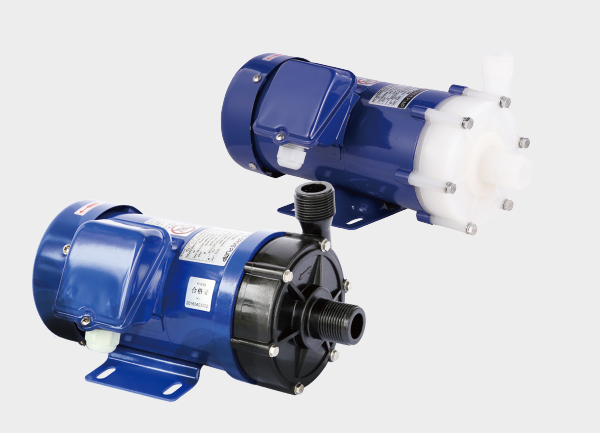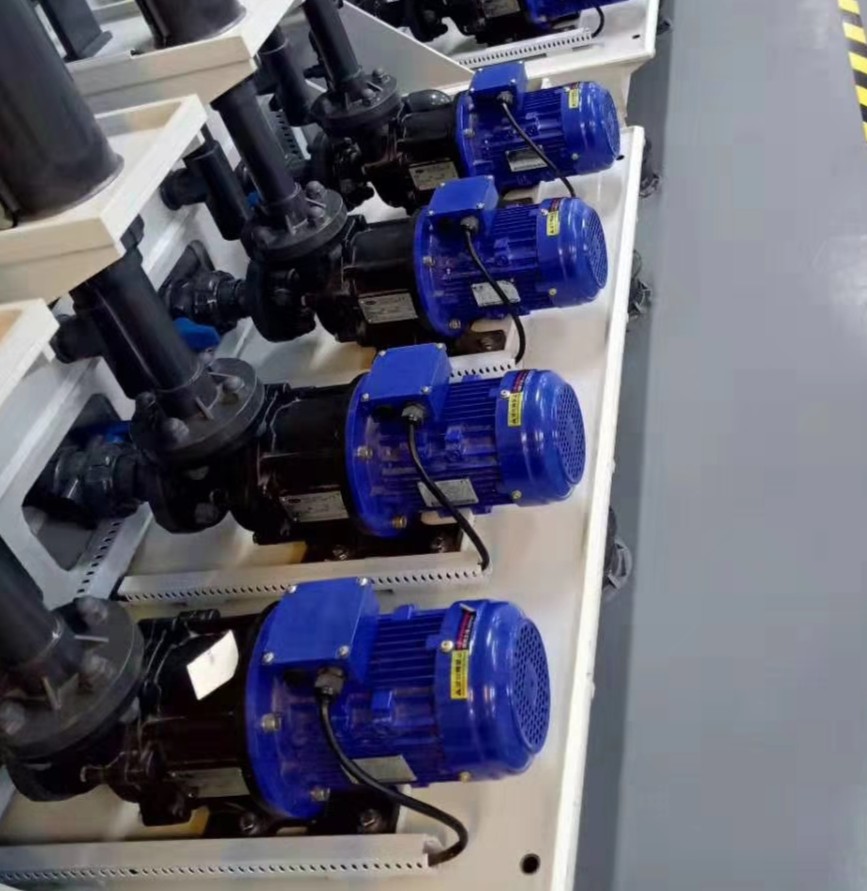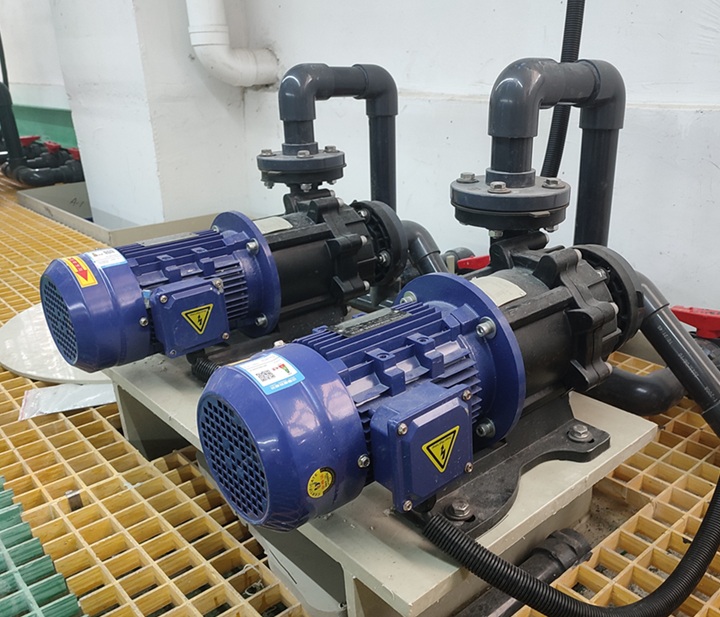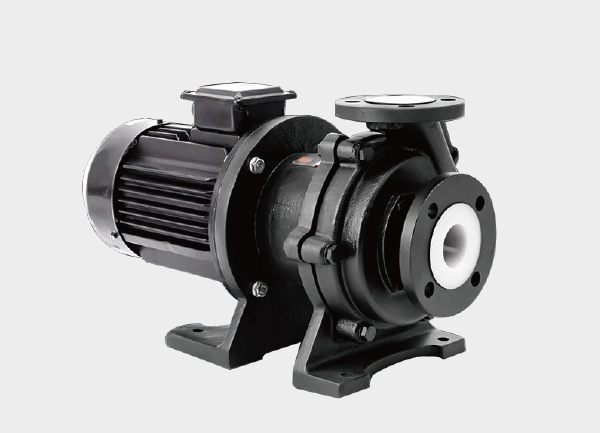1. Overview of High-Temperature Magnetic Drive Pumps
A High-Temperature Magnetic Drive Pump is a leak-free, high-heat-resistant pump widely used in chemical, petrochemical, pharmaceutical, and power industries. It is designed to transfer high-temperature corrosive liquids or volatile media, using magnetic coupling instead of traditional shaft seals to eliminate leakage risks of high-temperature fluids.
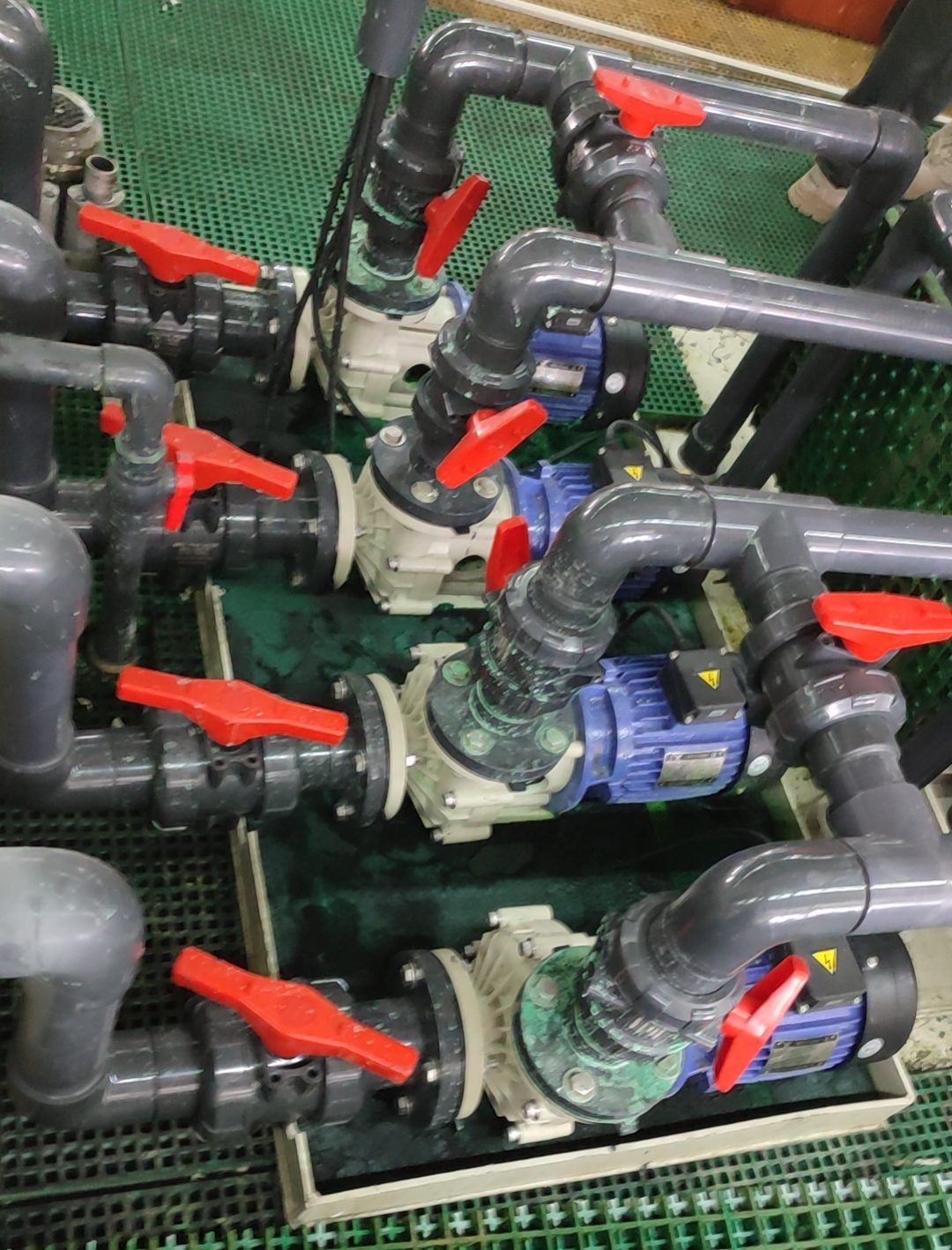
Key Features
- Leak-Free Operation: Relies entirely on magnetic coupling for power transmission, with no sealed shaft penetrating between the pump body and motor.
- High Temperature Resistance: Typically handles media temperatures from 120°C to 280°C; special models can withstand up to 350°C.
- Corrosion Resistance: Pump body and isolation sleeve are available in materials like stainless steel, titanium alloy, Hastelloy, and fluoroplastics.
- Low Maintenance: No mechanical seals, reducing maintenance frequency and downtime.
- Wide Applicability: Suitable for transferring flammable, volatile, strong acid, and strong alkali liquids.
2. Key Selection Criteria for High-Temperature Magnetic Drive Pumps
Selection must align with media properties, operational requirements, and material compatibility to ensure long-term stability.
2.1 Media Properties
- Temperature: Pump materials and magnetic components must match the media’s operating temperature.
- Corrosiveness: Choose pump body, impeller, and isolation sleeve materials based on media type (e.g., fluoroplastics like PTFE/Polytetrafluoroethylene, FEP/Fluorinated Ethylene Propylene; corrosion-resistant metals like 304, 316L stainless steel, or Hastelloy).
- Viscosity & Density: High-viscosity or high-density fluids require adjustments to pump flow rate and head to avoid performance loss.
2.2 Pump Performance Parameters
- Flow Rate (Q): Select the rated flow rate based on the system’s actual fluid transfer needs.
- Head (H): Ensure the head can overcome system resistance, especially accounting for density changes of fluids under high temperatures.
- Operating Pressure: High-temperature fluids may generate vapor pressure; choose pumps with pressure-resistant designs.
- Speed: Common speeds are 2900 rpm (50 Hz) or 3500 rpm (60 Hz). Low speeds are preferred for high-temperature scenarios to reduce magnetic loss.
2.3 Material Selection
| Component | Recommended Materials |
|---|---|
| Pump Body/Cover | Carbon steel lined with fluoroplastics, all-stainless steel, Hastelloy |
| Impeller | PTFE, fluoroplastic composites, or metal alloys |
| Isolation Sleeve | Metal lined with PTFE/FEP (ensures high-temperature resistance and magnetic transmission) |
| Magnetic Materials | Neodymium-Iron-Boron (NdFeB) magnets (for medium-high temperatures); Samarium-Cobalt (SmCo) magnets (for special high-temperature models, resistant to over 300°C) |
2.4 Seal & Structure
- Magnetic Transmission: Choose direct-coupled or gear-driven designs to prevent high-temperature fluid leakage.
- Bearing Lubrication: Use high-temperature-resistant grease or oil circulation cooling for bearings.
2.5 Drive Method
- Direct coupling between motor and pump, or soft coupling for heat insulation.
- High-temperature pumps can be equipped with cooling jackets/cooling water circulation to reduce temperature rise of magnets and bearings.
3. Application Scenarios of High-Temperature Magnetic Drive Pumps
Their leak-free and corrosion-resistant advantages make them ideal for harsh high-temperature industrial environments.
| Industry | Typical Applications |
|---|---|
| Chemical | Circulation of high-temperature acid/alkali solutions, reactor feeding, concentrated sulfuric acid transfer |
| Petrochemical | Transfer of benzene, toluene, heavy oil, and high-temperature petroleum products |
| Power | Circulation of high-temperature heat transfer oil, hot water circulation systems |
| Pharmaceutical | Transfer of high-temperature organic solvents, reactor circulation |
| Food | Transfer of high-temperature syrup or oil (requires food-grade materials) |
Application Advantages
- Eliminates leakage risks during high-temperature fluid transfer, meeting environmental and safety standards.
- Compatible with high-temperature pipeline systems, heat exchangers, and reactors for cyclic heating or high-temperature transfer.
- Outperforms traditional mechanical seal pumps in high-temperature, high-corrosion scenarios (where mechanical seals are prone to leakage).
4. Installation & Maintenance Recommendations
Proper installation and regular maintenance extend the pump’s service life and ensure stable operation.
4.1 Installation
- Keep the pump body horizontal to avoid eccentricity and vibration.
- Use short inlet pipelines with consistent diameter to reduce suction resistance.
- Install cooling jackets or heat insulation pipes for pumps handling ultra-high-temperature media.
4.2 Operation
- Check lubricating grease or circulation cooling systems before initial startup.
- Gradually increase the temperature when transferring high-temperature fluids to avoid thermal shock.
4.3 Maintenance
- Regularly inspect bearing temperature and magnetic coupling status.
- Check for wear on the pump body and isolation sleeve; replace damaged parts promptly.
- Prevent cavitation or dry operation inside the pump (which can damage magnetic components and bearings).


